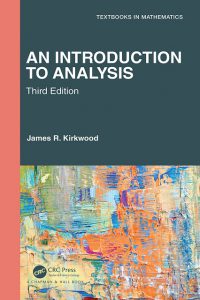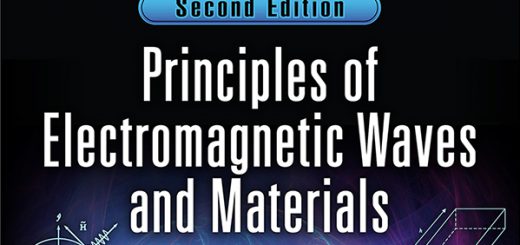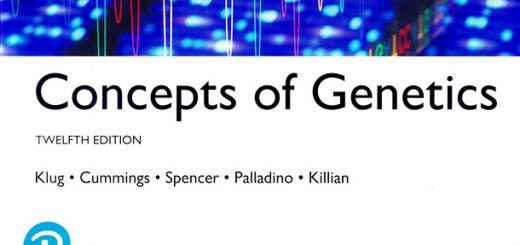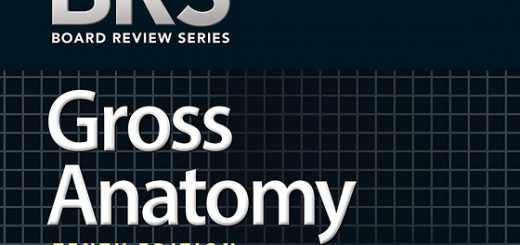An introduction to analysis
CALL NO QA300 K59i 2021
IMPRINT Boca Raton, Florida : CRC Press, c2021
[For MU Students and Staff can request here]
The third edition of this widely popular textbook is authored by a master teacher. This book provides a mathematically rigorous introduction to analysis of realvalued functions of one variable. This intuitive, student-friendly text is written in a manner that will help to ease the transition from primarily computational to primarily theoretical mathematics.
The material is presented clearly and as intuitive as possible while maintaining mathematical integrity. The author supplies the ideas of the proof and leaves the write-up as an exercise. The text also states why a step in a proof is the reasonable thing to do and which techniques are recurrent.
Examples, while no substitute for a proof, are a valuable tool in helping to develop intuition and are an important feature of this text. Examples can also provide a vivid reminder that what one hopes might be true is not always true.
Features of the Third Edition:
-
- Begins with a discussion of the axioms of the real number system.
-
- The limit is introduced via sequences.
-
- Examples motivate what is to come, highlight the need for hypothesis in a theorem, and make abstract ideas more concrete.
-
- A new section on the Cantor set and the Cantor function.
-
- Additional material on connectedness.
-
- Exercises range in difficulty from the routine “getting your feet wet” types of problems to the moderately challenging problems.
-
- Topology of the real number system is developed to obtain the familiar properties of continuous functions.
-
- Some exercises are devoted to the construction of counterexamples.
The author presents the material to make the subject understandable and perhaps exciting to those who are beginning their study of abstract mathematics.
SOURCE : https://www.routledge.com/An-Introduction-to-Analysis/Kirkwood/p/book/9780367702359





